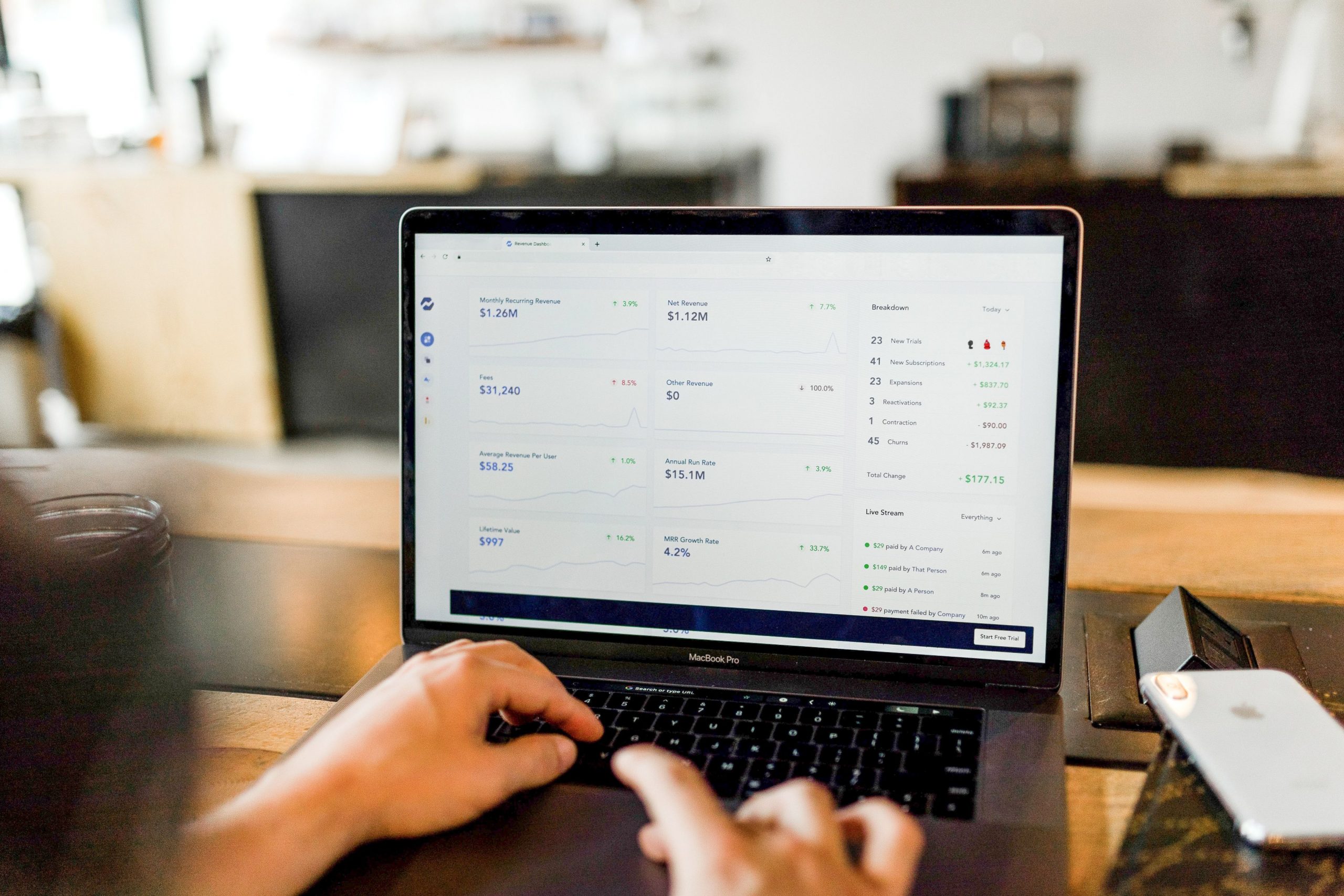Sales forecasting tools can save your business valuable time and streamline processes. But these tools can also cause complications if they’re not used properly. Understanding the most common mistakes to avoid, how to identify errors and the best practices for using these tools can help ensure success.

Mistakes To Avoid When Using Sales Forecasting Tools
Sales forecasting tools can simplify and streamline the forecasting process. While many processes are automated, these tools still need to be used properly to avoid errors and inaccuracies.
If you’re using a sales forecasting tool, make sure that you avoid making these mistakes.
Not Verifying Data
Sales forecasting tools automate data capture to automate forecasting and streamline the process. While this automation can reduce the risk of error, it doesn’t eliminate it entirely.
Human error can still come into play if the tool is fed the wrong data, or a feature or function isn’t being used properly.
For this reason, it’s important to verify that the data the tool is using is correct. Making this mistake can lead to errors and other issues that will impact the business’s finances.
Not Understanding All of the Tool’s Features and Functionality
One of the biggest mistakes businesses make when adopting new technologies is not investing enough in training.
If your team doesn’t understand how to use the tool’s features and functions properly, it can lead to errors.
Forecasting data may be wildly inaccurate, or your team may struggle to use certain features simply because they don’t understand them.
Using Outdated Data
Another common mistake people make when using forecasting tools is that they rely on outdated data. Failing to sync your data regularly or relying on old reports can lead to inaccurate forecasts.
This is yet another reason to ensure that you’re always verifying data before you start the forecasting process.
Effective Methods for Identifying and Rectifying Errors
Sales forecasting tools are powerful and will help you generate reports and forecasts faster and more efficiently than manual calculations. However, there is always room for error, which can cause you to forecast sales that are higher or lower than they ought to be.
With this in mind, identifying errors can be a tedious task.
You’ll need to do a few things:
- Validate your input. The data that enters the tool must be accurate, or it will cause gross inaccuracies. You need to verify all data sources to ensure that the information you put in is as accurate as possible.
- Professional audit. An accounting professional should examine your reports and statements to ensure that the information and its output are correct. If you’re not an accountant yourself, this single step can help you rectify a slew of errors.
Rectifying the errors will depend on the error that you’re presented with. If the input data is inaccurate, you’ll need to analyze the cause and put systems in place to stop future issues.
Additionally, you’ll want to train your team on how to use the sales forecasting tool.
Many providers will offer their own training that can help you:
- Train employees on how to use the software
- Reduce the risk of errors
- Master the forecasting tool
A little bit of training can go a long way in ensuring that errors are kept to a minimum and the data is as accurate as possible.
You can also follow the best practices below to maximize the tool’s effectiveness.
Best Practices for Utilizing Sales Forecasting Tools for Business Projection
A projection business plan requires accuracy, but as all businesses know, forecasts are rarely 100% accurate. Instead, you should follow in the footsteps of enterprises and larger companies that:
- Run multiple forecasts. If you want to improve the odds of your projection being accurate, you’ll need to run a best-case, worst-case, and likely-case forecast. The goal is to have a better idea of where your sales will fall.
- Use historical data. Your sales history will tell you a lot about your business. Historical data should be utilized whenever possible to improve the chances of your forecast being accurate.
- Add variables and scenarios. Finally, adding in scenarios will help you better see what will impact your sales. For example, if you add in a 10% decline in sales in the first quarter, what will this mean for your annual sales? If you hire a new employee, how will this impact your sales? The more scenarios you create, the better you can understand future sales.
Over time, you’ll find best practices when using your specific forecasting tools.
In Conclusion

Creating a projection business plan is important for the financial future of a business. Using the right forecasting tools will save time and resources, but they need to be used properly. Understanding the most common mistakes, how to rectify these errors and the best practices for forecasting can help ensure that your forecasts are accurate and reliable.
Interesting Related Article: “Unlocking the Future: The Power of Forecasting Software“

